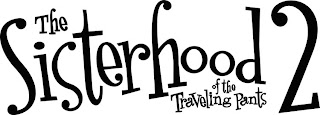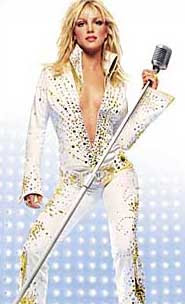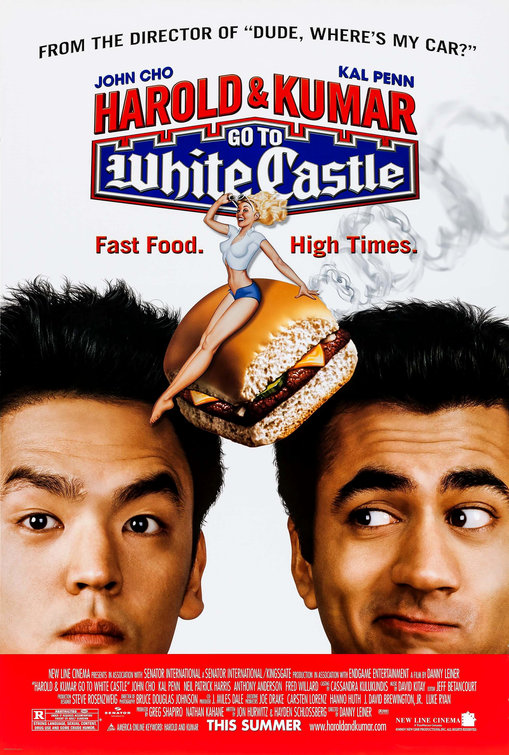I found Dyer’s chapter on Paul Robeson interesting because his argument illustrates the notion of the “crossover” star as one who embodies ambiguity and who must be read and/or contained within a variety of discourses. I couldn’t help but wonder who are crossover stars today and immediately thought of people like Will Smith, Michael Jackson and Michael Jordan, which brought up perhaps a more significant question: why are crossover stars predominately male and who would be considered a black female crossover star?
In exploring the treatment of Paul Robeson’s star image, Dyer makes a strong argument for the ways in which Robeson’s containment paralleled that of women within patriarchal society because patriarchy situates both minorities and women as non-active, passive groups in society (112). But Dyer’s discussion rests on the treatment of all women and not of black women specifically, which I found interesting. Because after all, not only are crossover stars like Halle Berry, Queen Latifah, and Beyonce (the main stars I came up with) minorities but they’re also women and thus represent the ultimate Other in our white, patriarchal society.

As Dyer argues, in order to have crossover appeal, a star has to maintain a certain level of ambiguity to be accepted by a variety of audiences and all three stars embody either racial or sexual ambiguity. Of these stars, I find Halle Berry to be the most interesting because she’s the only non-white person to be included on the top ten list of highest-paid actresses and for what, exactly? Yes, she won an Oscar, which is all you need to become a 10-20 million dollar actress these days (cough cough Reese Witherspoon), but what is her specific crossover appeal?
I would argue that like Michael Jackson or Will Smith, her appeal is her potential whiteness. Halle is more light-skinned than others (she's half-white) and her racial ambiguity is underscored when seeing her in more “traditional” white roles such as a Bond Girl in a James Bond film. I think that this ambiguity has allowed her to occupy the high position she does because her presence in Hollywood among the A-listers can reaffirm Hollywood’s (and by extension of that, the country’s) progressive liberalism in a non-threatening way because although she is black, she’s not so black that she poses a threat to dominant white culture. I would argue that Beyonce’s stardom has followed a similar track because she can be whoever the audience wants her to be: a strong, successful black woman for the black community to embrace or a strong, successful woman who is light enough to not appear too threatening to mainstream culture.
On the other hand, there’s Queen Latifah who may not be as universally famous as Beyonce or Halle Berry, but who can be considered a female crossover star domestically as she has managed both film and music careers that appeal to black and white audiences. Although she started out in hip-hop, Queen Latifah has moved into acceptable genres within mainstream culture: her music has gone from hip-hop to jazz and R&B while her film career has moved towards comedy. Yet the media still works to contain her power by focusing on her weight (which separates her from the 0s and 2s that dominate Hollywood) and by speculating on her sexual orientation so that ultimately, she is a star that the media represents as truly the Other in terms of race, gender,
and sexual orientation. Dyer poses the question of how dominant white society permits black stardom and I think looking at stars like Halle Berry and Queen Latifah illustrates this because we manage these stars by removing their threat (i.e. perceiving Halle Berry as more white) or by placing them outside the norm/dominant ideology that they can hold a place in culture without doing so fully because that would mean embracing the other, which is the greatest fear of all.













